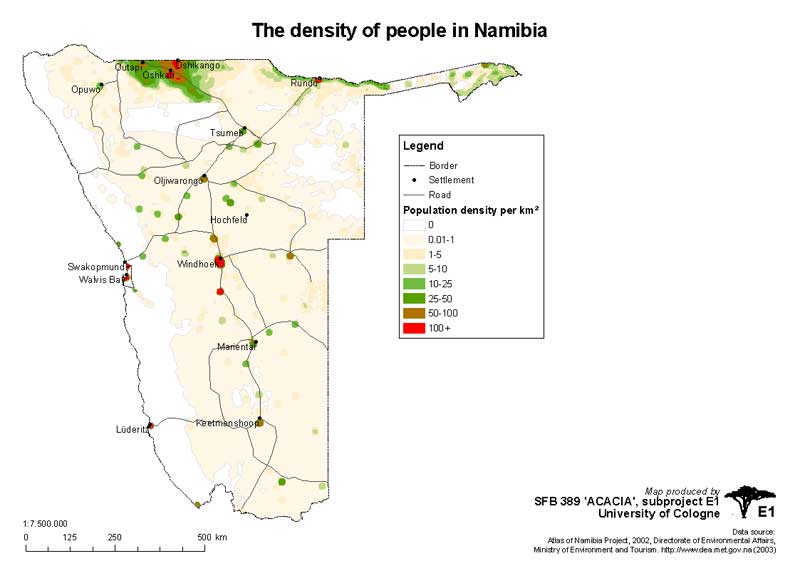
It's worth noting that the company involved in the cement production is Whale Rock Cement, which is a joint project between Namibian and Chinese investors (see Mini's previous blog post for more background on China-Namibia relations).
The local farmers in question are technically in the area illegally as they were meant to move elsewhere in 2005 when the agreement for Whale Rock Cement to develop the area was finalized. However, land reform minister Utoni Nujoma has not said where the farmers might move to nor what land would be made available to them in the event of their displacement.

It's an interesting point of contention that the payment of N$10 million made by Whale Rock Cement to lease the land was intended to go into the community development fund, yet these people are being displaced and those who remain face serious health concerns should their water be contaminated by runoff from the blasting and cement mixing operations.
Sources:
https://www.namibian.com.na/63775/read/Health-fears-as-cement-company-starts-blasting
https://c2.staticflickr.com/4/3425/3758547994_b94e02594b_b.jpg
- Cecilia A. 1/29/2018



